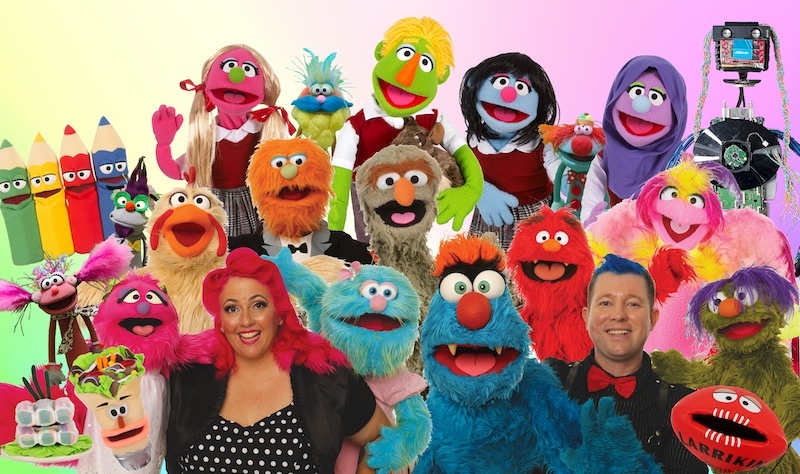The so-called “reflexive puppet theater” is a resource within systemic family therapy, one of the most booming branches of psychology. In our country, puppets are used within the framework of art therapy or drama therapy treatments. Art therapy studies indicate that role-playing with the aid of a simple doll helps to positively integrate memories and emotions in a way that is not possible through rationalization. In addition, acting enhances social skills and the ability to adapt to situations by trying out different attitudes and roles. The dolls have been used to help the child overcome traumas (such as sexual abuse) and challenges that frighten him (a surgical operation, for example). They allow to relate in the language of the children and through the game, which is the way in which the children learn almost everything.
Project the Problems on the Puppets
There are references to therapy with puppets from the second decade of the last century. The North American psychiatrist Matthew G. Bernier is the one who has most studied this therapy that is used in the treatment of children with difficulties to control their impulses, to relate or to concentrate.
How to Use the Therapeutic Puppet
Faced with a puppet, the child acts as if he were a real character and loses sight of the individual who is actually speaking. The doll does not coerce the child. He perceives that he is not being judged and feels safe. For this reason, the puppet has a unique quality: it transmits a message without emotional barriers getting in the way. At the same time, the child may say through the puppet what he cannot say himself. In order not to ruin this magic, the protagonist must always be the doll. The actor must forget who he really is (father, mother, therapist, son…) so that the doll has a soul.
How to Tell the Story through Puppets

It is convenient to find or invent a story, with its archetypal, fantastic, and funny elements, which serves as a metaphor for reality. One option is to use a traditional story, chosen according to the conflict that you want to deal with, as the basis for a performance in which you can freely improvise. Another possibility is to choose the characters you want to embody and launch into spontaneous interaction, each one following their impulses. The viewer identifies with all the characters in the story at the same time because each one represents an aspect of the human psychic structure.
The Most Suitable Dolls for Play Therapy
For children and adults to have fun and psychologically identify with puppets, they must meet certain conditions. Above all, they should favor the communication of emotions and creativity. Hand puppets are the most suitable for representation for therapeutic purposes: they are more direct and credible and, above all, they achieve more involvement in aggressive or contact actions. The participation of the hand favors identification. The finger puppet is simpler than the hand puppet, which makes it especially recommended for younger children. The tip of the index finger serves as a face (you can place a small holed and painted ball), while the thumb and middle finger act as arms. The articulated and string-operated puppets are more suitable for artistic performance than for family representation.


Leave a Reply